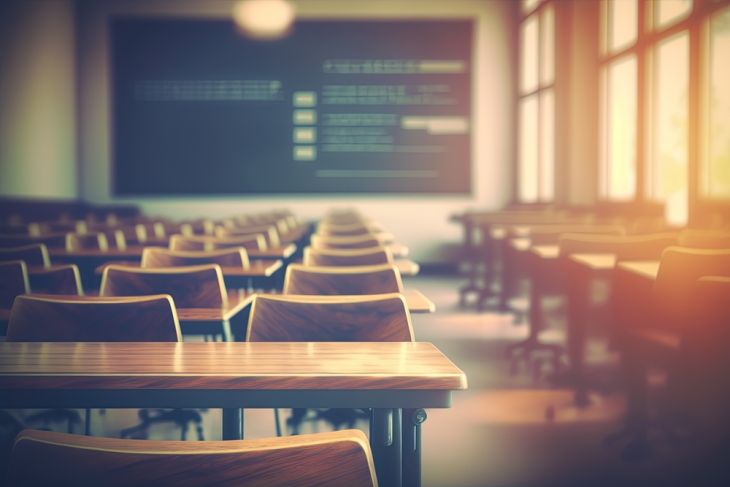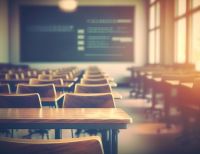One-in-two high school students say COVID-19 hampered their education, with those with a disability the group reporting they'd fallen the most behind their peers, Australia's largest survey of young Australians has found.
The 10-year GENERATION study, led by The Australian National University (ANU) in collaboration with the Australian Council for Educational Research and the Social Research Centre, examined the experiences of more than 18,000 year 10 students from 300 high schools across Australia. It is the largest longitudinal study of its kind.
The first wave of the survey, conducted in 2022, found 52 per cent of students said their learning had suffered as a consequence of COVID-19, while 59 per cent said they did not feel prepared for school in 2022.
"Unsurprisingly, students from states and territories that had the longest shutdown during the pandemic - New South Wales, Victoria and the Australian Capital Territory - were more likely to say their schooling progress had been hampered," lead researcher Professor Ben Edwards from ANU said.
"Two-in-three students from these states and territories, 66 per cent, reported falling behind compared to 43 per cent of students in states and territories with low school closures.
"This sentiment was also particularly acute for students with disabilities living in states and territories that had high school closures, with 34 per cent of these students saying they fell behind compared to 16 per cent of students with no disability.
"And only 45 per cent of students that experienced high school closures said they had caught up with their learning, compared to 52 per cent of those who had low school closures.
"Clearly we have a major cohort of young students, who are now coming to the end of their high school education, that we need to make sure are supported to catch up in the vital learning and opportunities they missed during the pandemic."
The survey also asked 15-yeard-old school students about their professional aspirations after school, with some very clear differences in responses between females and males.
Among females, moving into the health professions was the most popular choice, with 25 per cent nominating this career path. For males, a career in design, engineering, science or transportation was the most popular choice, with 21 per cent of saying this is where they saw themselves working in the future.
Health professions were the most popular career choice for students across the board, including those who identified as non-binary, followed by design, engineering, science and transport, then legal, social and welfare work. Farming, or working on farms, was the least popular profession.
The survey also found female students were more likely to go to university when they completed school - 79 per cent compared to 65 per cent of males who said the same.
"These findings have significant implications for the makeup of our future workforce, especially as we aspire to make better and more equitable pathways for women and other underrepresented groups in fields like science, technology, engineering and maths," Professor Edwards said.
Another major finding was that a majority of young students - 75 per cent - had participated in at least one extracurricular activity in the last 12 months. This included being active in community groups; team sports; art, music and performance lessons; and clubs One-in-five, 20 per cent, of students represented their town, city or state in these activities.
"This shows our young students are not only invested in their local communities but are active participants and ambassadors for their local areas," Professor Edwards said. "This data debunks lazy stereotypes of young students being disengaged and apathetic and shows the future of our communities and society is in good hands."
The GENERATION survey will follow the same cohort of 18,000 young Australians until they are 25 years old.
Data and survey insights from the first wave are available online at https://generationsurvey.org.au/














